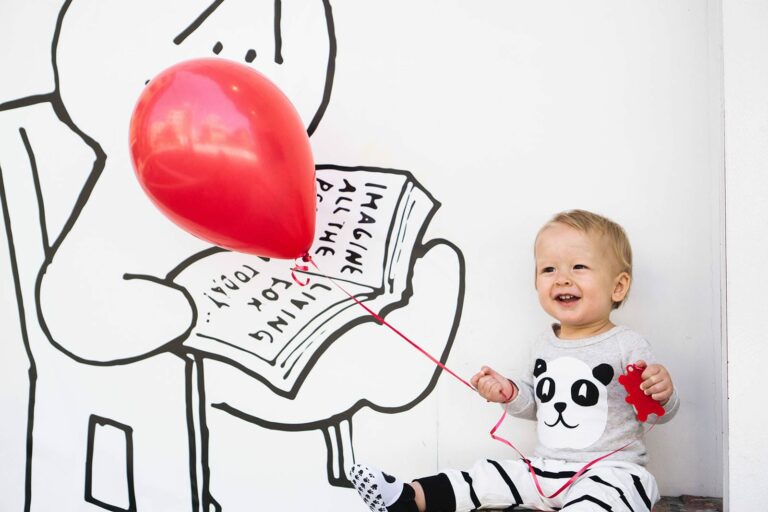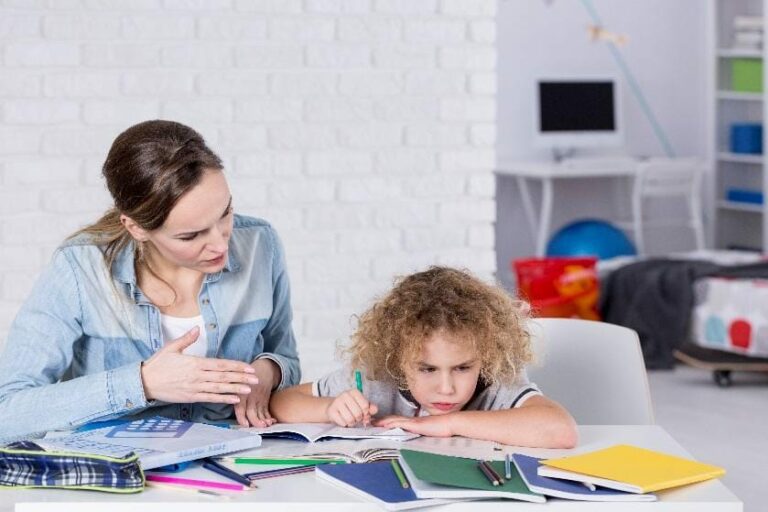Does Your Child Have Problems Making Friends?
My son, Adam, has been coming home feeling lonely and friendless. I know he wants friends, but he doesn’t know what to do. I do not know where this has come from. He did well playing along side of other children as a toddler. As a preschooler he was always busy playing active games such as chase and hide and go seek. Now it seems as if he just feels isolated. I am at a loss as to where this is coming from and what I can do.
Why Is This Happening?
The demands and requirements for social interaction change over time as children age. Play is an important part of the social puzzle. Play allows your child to learn cooperation, sharing an imagination and helps your child learn to build relationships with others. Children learn the give and take of communication from their interactions with others. As toddlers, it is fine to play next to another child. There is little social give and take – little interest in what others say and do. Social communication develops as your child requests and comments using language for interactive communication. As preschoolers, children take turns and engage in cooperative play. Preschoolers no longer rely on physical engagement but are more verbal. They listen attentively to their conversational partner and make relevant comments on familiar stories or events. As children begin kindergarten in elementary school, they use narrative development characterized by focused chains; stories have a central character with a logical sequence of events, but sometimes the endings are a bit unclear. Social interaction is important as school requires children to participate in shared and group activities. They often have one to two focused friendships and show affection and caring towards others. As children move through elementary school, they become adept at grasping the nuances of both verbal and non-verbal language.
Did You Know That Social Communication Problems Can Result in Your Child Having Difficulty Making and Sustaining Friendships?
A child’s drive to communicate and connect with others is at the heart of social communication. Good social communication skills provide the foundation for appropriate social skills and the ability to develop and sustain friendships. Even bright school-age children who perform well on standardized tests and speak well with adults and younger children can have trouble interacting with their classmates. For most of us, interacting with other people comes naturally. However, children with social difficulties often lack this innate ability to think through and succeed in everyday social situations.
Why Other Children are Rejecting Your Child
Rejected children are those who are disliked by many of their peers and liked by few. In an article by Eileen Kennedy Moore, Ph.D., she stated that about “half of rejected boys are aggressive. They hit, kick, or shove more than other boys, and they also tend to be more disruptive and argumentative. However, not all rejected boys are aggressive. Another 13-20% are shy and withdrawn. Still others are socially awkward. Their odd, disruptive, or immature behavior is off-putting to peers. Girls are less likely than boys to be physically aggressive. Compared to their peers, disliked girls tend to be bossier, to express more negative emotions, to talk more about breaking rules, and to have poorer conflict resolution skills.” (1)
Almost every child experiences the sting of being excluded at some point, but you may want to consider whether your child might be doing something to contribute to the problem. Michelle Winner, creator of Social Thinking® encourages individuals to explore situation expectations rather than those of the broader environment. There are expected and unexpected behaviors associated with each situation (2). If people say or do unexpected behaviors, they tend to make others feel more negatively (shocked, annoyed, irritated) resulting in treating the person who produced the behavior negatively. If an observer feels uncomfortable or frustrated with the person saying or doing something unexpected, they may fail to include him or her in other activities. Of course, the reverse is true as well. If people say or do behaviors that are expected, others feel good about their interactions and respond well to them. They will possibly enjoy being around them and include them. Winner stresses that the goal of this is to help people learn to observe social situations more carefully and understand that behaviors are linked to how others’ feel about us and how they treat us. This in turn affects how we feel about ourselves.
What Do Social Communication Problems Look Like?
Everyone makes social mistakes and even with the best intentions, sometimes it doesn’t take much to push others away. One of the biggest culprits is not reading social cues and nuances. Children who struggle socially are often unaware of others’ reactions, which can lead them to persist in doing unwanted or unexpected behaviors. Some children:
- don’t recognize when to stop a behavior that others find annoying. They don’t tune into the nonverbal behaviors or even the statements being used to indicate they should stop.
- unsuccessfully try to be funny. When your child’s attempts at humor are even a little bit “off,” they’re not funny; they’re bothersome.
- can be a poor sport. Difficulty with losing can cause a child to say and do things others find upsetting or frustrating
- try to attract friends by impressing them but comes off as bragging.
Social communication problems are dependent on the individual’s age, his or her expected stage of development and the communication context. Some examples of behaviors affected by social communication problems include difficulty:
- using appropriate greetings;
- thinking and asking questions about others’ interests and experiences
- determining the motive and intent of others
- changing language and communication style based on setting or partner;
- telling and understanding stories;
- engaging in conversation (e.g., initiating or entering a conversation, maintaining the topic, taking turns);
- repairing communication breakdowns (e.g., rephrasing when misunderstood);
- using appropriate verbal (e.g., prosodic) and nonverbal (e.g., gestures) signals to regulate an interaction;
- interpreting the verbal and nonverbal signals of others during an interaction
- understanding ambiguous or figurative language;
- understanding information not explicitly stated (inferring)
- making and keeping close friendships
- working as part of a group in school” (ASHA, 2019)
What You Should Do If Your Child Has Social Skill Problems
Unfortunately, social communication problems do not go away by themselves. It is important not to push these challenges to the side as they have long term implications. “In the United States, 10 to 13 percent of school-age kids experience some form of rejection by their peers. In addition to causing mental health problems, bullying and social isolation can increase the likelihood a child will get poor grades, drop out of school, or develop substance abuse problems, the researchers say.” (Live Science)
All children need to learn to understand how their words and actions influence the ways people think about them. For the most part children with social learning challenges will need to have some help developing these skills. It takes time and patience on the part of parents. Many children learn what they should be saying and doing long before they are able to actually put this knowledge into practice. Social situations become more complex over time and the expectations to know what to do and say become important for making friends.
We Are Here to Help
At Pediatric Speech and Language Specialists, we offer a variety of groups that target social communication. Our groups target different skills based on the level of the children involved, from basic social skills up to social thinking concepts. All children must go through a screening process to enable therapists to form groups of similar ages, skills, and needs. Not in our area? You are likely to find similar groups in your community.
What do we teach?
Therapy sessions are tailored to suit the needs of those in the group. No “cookie cutter” types of curriculum are used. Therapy plans and materials are developed by the treating therapists and a library of eclectic resources are available for therapists to use. Our goal is to strengthen the concepts required for social development to help those with social learning challenges develop the skills they need to be successful. Feel free to look through our website for further information.
Works Cited
Kennedy-Moore, Eileen. “Is Your Child Inviting Rejection? Behaviors That Push Away Peers.” www.psychologytoday.com/us/blog/growing-friendships/201110/is-your-child-inviting-rejection. Accessed 15 Feb. 2019.
Nixon, Robin. “Studies Reveal Why Kids Get Bullied and Rejected.” 2 Feb. 2010, Accessed 15 Feb. 2019.
“Social Communication Disorder.” www.asha.org/PRPSpecificTopic.aspx?folderid=8589934980§ion=Signs_and_Symptoms).
Winner, Michelle. “Why do we use the Expected-Unexpected Social Thinking Vocabulary?” 11 Sept. www.socialthinking.com/Articles?name=Why%20do%20We%20Use%20the%20Expected-Unexpected%20Social%20Thinking%20Vocabulary%20Article. Accessed 15 Feb. 2019.





